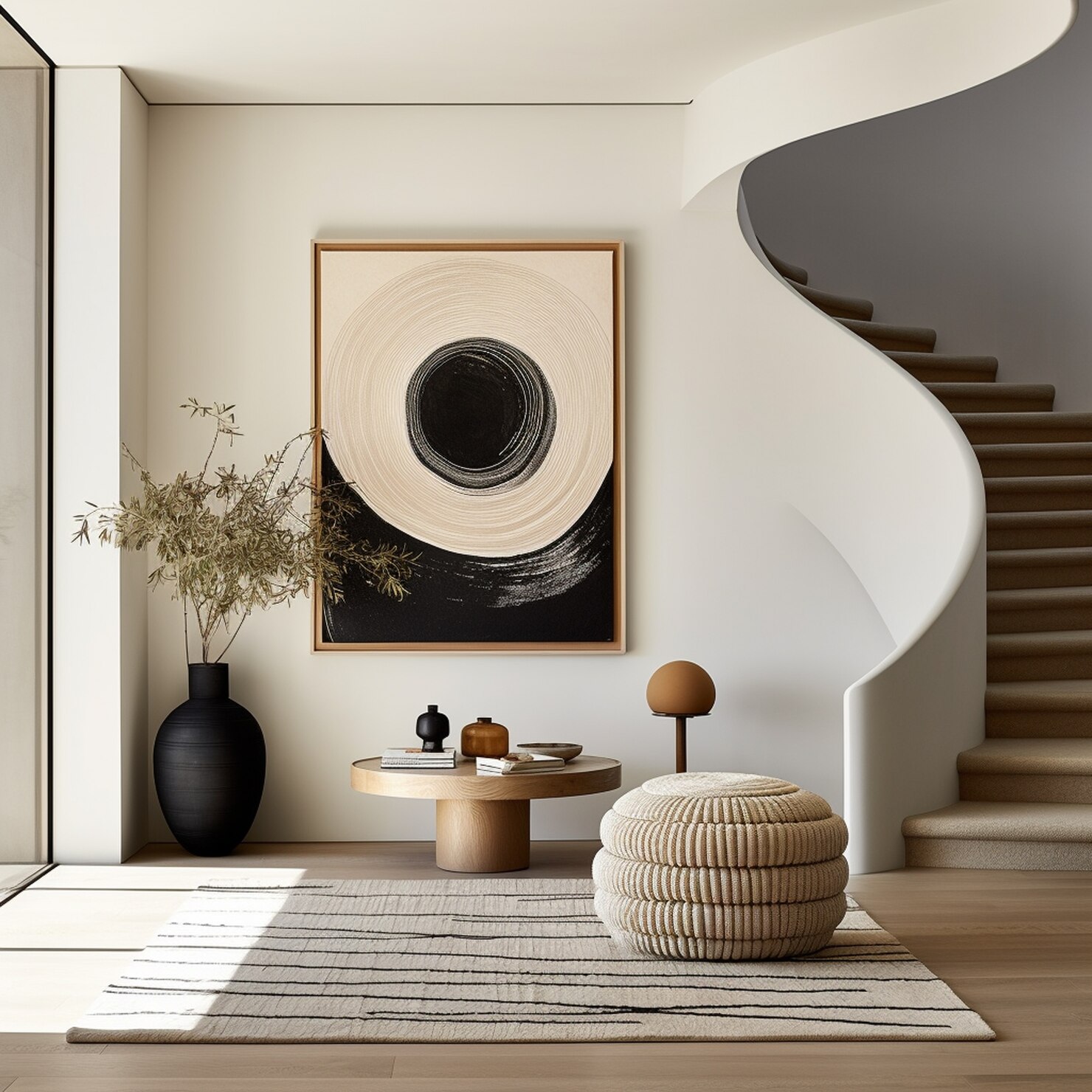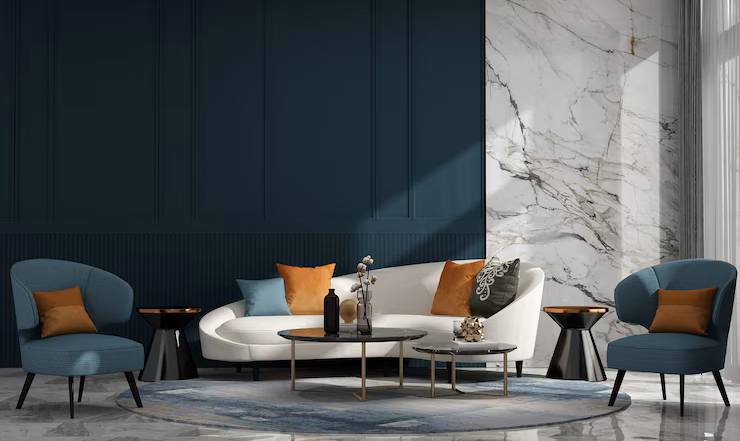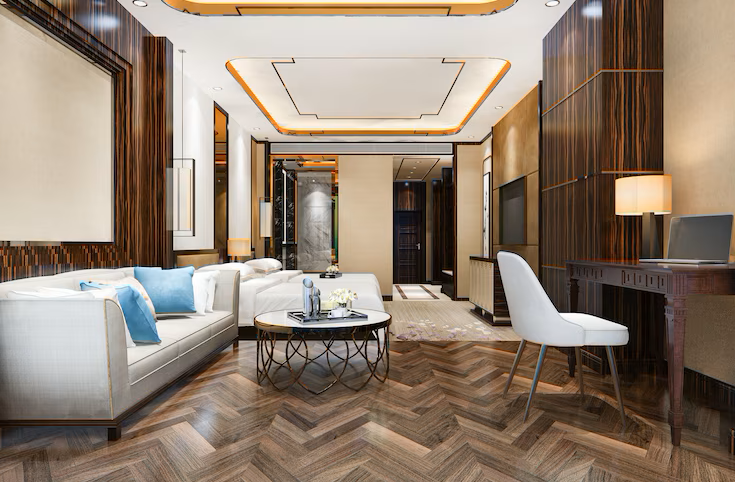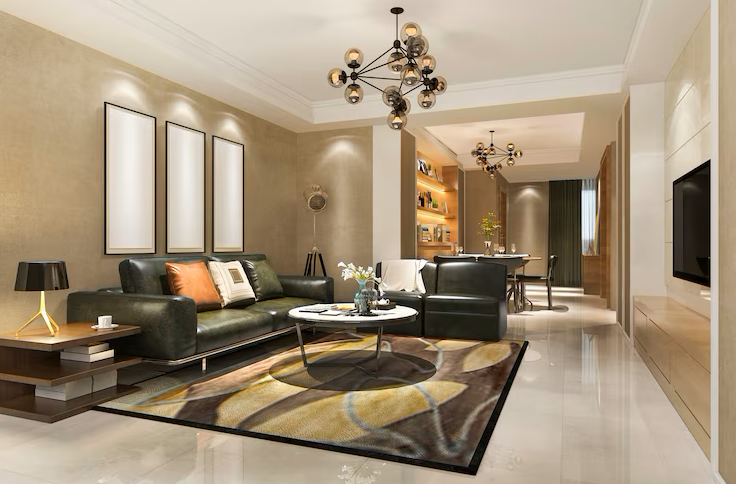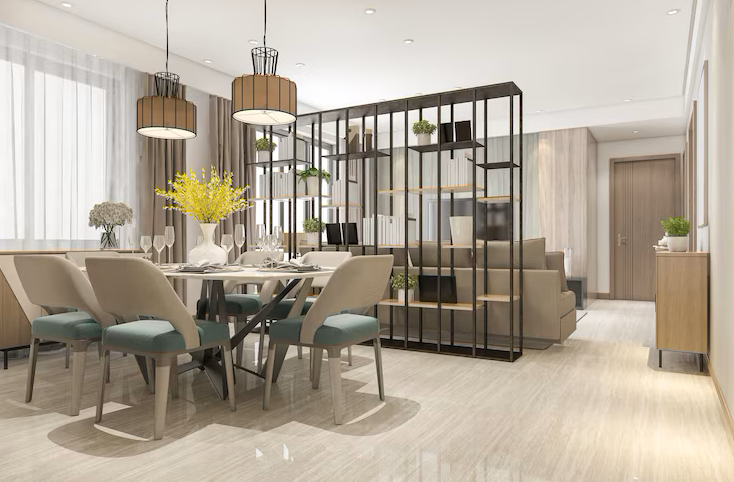The Rise of Sustainable Interiors: Eco-Friendly Interior Designers in Chennai
Sustainability is no longer a niche buzzword — it’s reshaping how homes and workplaces are designed, furnished, and lived in. In Chennai, a city balancing rapid urban growth with coastal sensitivity and cultural heritage, the demand for green, thoughtful interiors is rising fast. If you’re searching for interior designers in Chennai who prioritise the planet as much as aesthetics, here’s a practical look at why sustainable interiors matter, what eco-friendly designers do differently, and how to choose the right partner for your project.
Why sustainable interiors matter (beyond the trend)
Sustainable interiors go well beyond swapping out plastic for recycled materials. They aim to reduce long-term environmental impact while improving occupant health and lowering operating costs. Benefits include:
-
Lower energy consumption through passive cooling, reflective surfaces, and efficient lighting.
-
Improved indoor air quality from low-VOC paints, natural finishes, and proper ventilation.
-
Reduced waste and resource use by prioritising durable, repairable materials and local craftsmen.
-
Longer lifecycle and better resale value, because quality, sustainability, and timeless design age better than fast trends.
For Chennai specifically, where humidity, heat, and seasonal rains influence building performance, eco-smart interior design can make a measurable difference in comfort and energy bills.
What eco-friendly interior designers in Chennai do differently
Interior designers focused on sustainability weave green principles into every stage of a project — from concept to completion:
-
Site-aware planning: They design layouts that encourage cross-ventilation and natural light, reducing reliance on air conditioning and artificial lighting — a real plus in Chennai’s tropical climate.
-
Material selection: Preference for locally sourced, natural, or certified reclaimed materials (hardwoods from certified sources, reclaimed teak, natural stone, jute, coir, and recycled metal/glass).
-
Low-toxicity finishes: Use of low-VOC paints, adhesives, and sealants to protect indoor air quality.
-
Energy-smart fittings: Selection of LED lighting, energy-efficient appliances, and thoughtful lighting controls and sensors.
-
Water-wise solutions: Designing built-in rainwater harvesting ideas at the interior-exterior junction, water-efficient fixtures, and plants that require low irrigation.
-
Modular & adaptable furniture: Encouraging pieces that are repairable, modular, or made from reclaimed wood so they can be upcycled later.
-
Waste reduction during fit-out: Minimising site waste through careful measurement, prefabrication, and reusing leftover materials.
Popular sustainable materials and techniques for Chennai homes
-
Natural fiber rugs & curtains: Jute, cotton and coir — breathable and biodegradable.
-
Reclaimed wood: For furniture and flooring — reduces demand for fresh timber and adds character.
-
Bamboo & engineered bamboo products: Fast growing, strong, and stylish.
-
Low-emissivity glazing: Keeps interiors cooler while admitting daylight.
-
Native and drought-tolerant plants: For terraces and courtyards that reduce irrigation needs and improve microclimate.
-
Terrazzo and recycled tiles: Durable flooring options that often contain recycled content.
Trends shaping Chennai’s sustainable interiors
Chennai’s green interior scene blends modern eco-tech with local craft traditions. Expect to see:
-
Indoor-outdoor living that takes advantage of verandahs and courtyards to cool homes naturally.
-
Craft revival where local artisans create bespoke pieces from reclaimed materials.
-
Biophilic design: Strong emphasis on plants, natural textures, and daylight to support wellbeing.
-
Smart energy management integrated discreetly into interiors — smart lighting, thermostats, and appliance scheduling.
How to choose the right interior designers in Chennai
When searching for interior designers in Chennai who are serious about sustainability, use these selection criteria:
-
Portfolio & case studies: Look for completed projects that demonstrate green choices, not just mention them.
-
Material transparency: A good designer will clearly state the source and lifecycle of materials they specify.
-
Certifications & partnerships: While certifications aren’t everything, affiliations with green building councils or local eco networks are a positive sign.
-
Practical climate solutions: Ensure they propose climate-specific strategies for Chennai — passive cooling, humidity control, and monsoon durability.
-
Budget sensitivity: Green design doesn’t have to be expensive; experienced designers can phase solutions or prioritize high-impact choices.
-
Communication & maintenance guidance: Designers should provide handover documents explaining maintenance and how each green choice saves energy or increases durability.
Practical tips to get started — for homeowners and businesses
-
Start with a sustainability brief: Define what matters most — energy, indoor air quality, waste reduction, or local craft support.
-
Ask for a life-cycle estimate: Instead of just upfront cost, ask how choices will save energy or maintenance costs over time.
-
Prioritise low-effort, high-impact changes: Improved ventilation, LED lighting, and low-VOC paint deliver quick wins.
-
Consider phased renovations: Implement the highest-impact upgrades first (insulation, lighting, materials), then layer in bespoke elements.
Conclusion
The rise of sustainable interiors in Chennai is both a response to environmental realities and a rediscovery of craftsmanship, longevity, and health-focused living. Whether you’re renovating a single room or designing a corporate workspace, choosing interior designers in Chennai who understand the intersection of climate, culture, and material intelligence will make your space more beautiful — and more responsible. Ready to transform your space? Seek designers who can translate green principles into practical, stylish solutions for Chennai’s unique climate and lifestyle.

